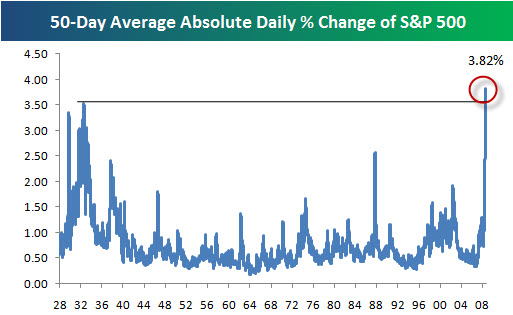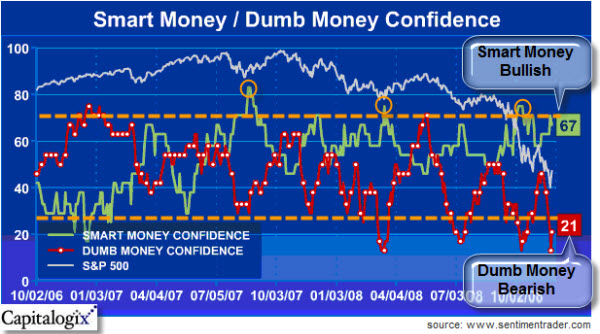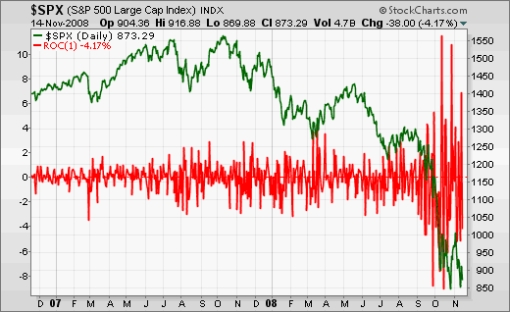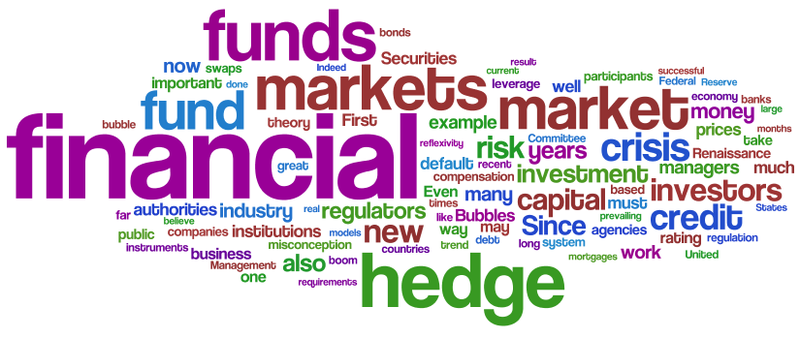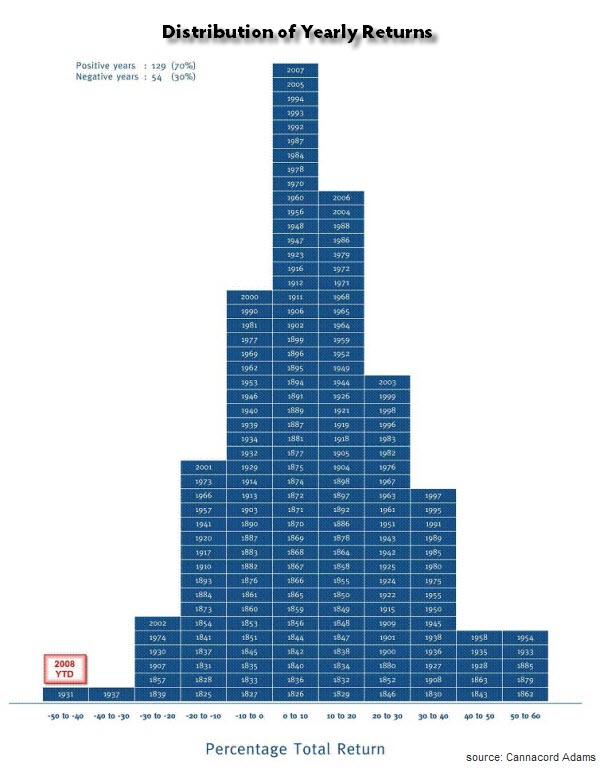Last Monday the news of the day seemed to be that the U.S. markets rallied because Obama committed to spend money on infrastructure. I saw the same story on Bloomberg, CNBC, CNN, and pretty much everywhere I looked. On the other hand, a quick check of the indices told me that most markets around the globe also were up between 4 and 10% that day. Does that mean that Russia, Italy, and the Asian markets all rallied because Obama said that he was going to spend money on the U.S., or is it possible that some other catalyst caused markets to raise?
The point is that the news gives many a false sense of certainty. There is an old trading adage: It isn't the news that matters … What matters is the reaction to the news. And recently I sense that people are getting tired of the choppiness and are starting to buy again, even on bad news.
Bad News? How about headline-making scandals? First, the Governor of Illinois tried to sell his influence, and even the Senate seat vacated by President-Elect Obama. Second, Bernie Madoff, a former Chairman of NASDAQ, was arrested and charged with fraud in a $50 billion 'Ponzi-scheme' swindle of investors. Third, we had the whole auto industry bail-out question.
Still, markets went up, and somehow fear is subsiding. Will we see a Santa Claus Rally? From my perspective, a downside correction and successful re-test would be more constructive here. So would better volume and less volatility. But beggars can't be choosers; and we've had a 20% rally off the lows.
Nature or Nurture:
After watching the Government bail-out financial companies, the auto industry seems to have learned a trick, or two. To me, this video represents a very real part of our economic ecosystem. The swan has been conditioned to pull the rope to request a handout. When nothing happens, the swan keeps ringing the bell … and is ultimately rewarded. Question: is the swan trained, or did the swans train their handlers?
The direct link to the video is here.
Also, here are a few other posts that caught my eye this week:
- Henry Blodget on Why Wall Street Always Blows It (The Atlantic).
- Are You Buying Now That Blood Is In the Streets? Some Scary Predictions (Fortune).
- Human Interest Twist to the Recent Financial Crisis in "Profiles in Panic" (Vanity Fair).


